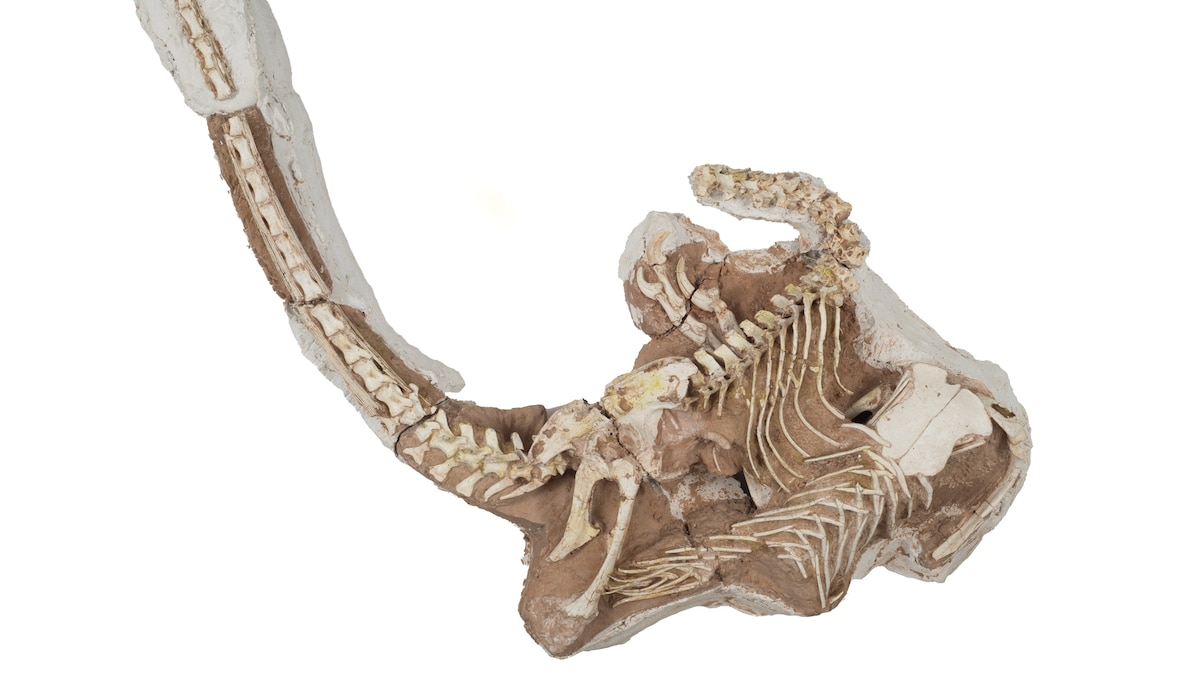Now Reading: Newly Discovered Raptor Species Redefines Velociraptor Lineage
-
01
Newly Discovered Raptor Species Redefines Velociraptor Lineage
Newly Discovered Raptor Species Redefines Velociraptor Lineage

Fast Summary
- A new species of dromaeosaur dinosaur named Shri rapax has been identified from fossils found in Mongolia’s Gobi Desert.
- The fossil was poached, smuggled thru international black markets, and passed through private collections in Japan and England before its body was returned to Mongolia. However, the skull and neck remain missing.
- Shri rapax, turkey-sized and about six feet long, lived over 71 million years ago in a prehistoric desert habitat. It is indeed closely related to Velociraptor but had distinct anatomical features including a stronger bite, shorter snout, proportionally longer neck, stout hands with large curved claws, and robust arm bones.
- Its traits suggest that it may have preyed on herbivores like Protoceratops, possibly engaging in combat scenarios similar to the famous “Fighting Dinosaurs” fossil depicting another raptor species grappling with its prey.
- Researchers explain that Shri rapax coexisted alongside relatives like Velociraptor through ecological niche partitioning-adapting different hunting strategies or diets within the same surroundings to boost biodiversity.
- The finding helps push back against illegal fossil poaching while enhancing understanding of dinosaur diversity. Paleontologists emphasize the importance of returning stolen fossils for scientific study and cultural heritage.
Indian Opinion Analysis
The discovery of Shri rapax demonstrates both advancements in paleontology and ongoing challenges stemming from global illegal fossil trade networks. For India-a nation rich in paleontological heritage-this case serves as an vital reminder about safeguarding scientific discoveries against looting or smuggling practices.
India can draw lessons from this incident by strengthening laws around excavation sites while ensuring any illegally exported fossils are returned for systematic study within national institutions.Increasing public awareness regarding such issues could also help preserve India’s prehistoric legacy better.
Additionally, studies on diverse dinosaur ecosystems like those seen with Shri rapax shed light on broader patterns relevant for global biodiversity today-underscoring how varied adaptations promote evolutionary success across shared habitats.

























